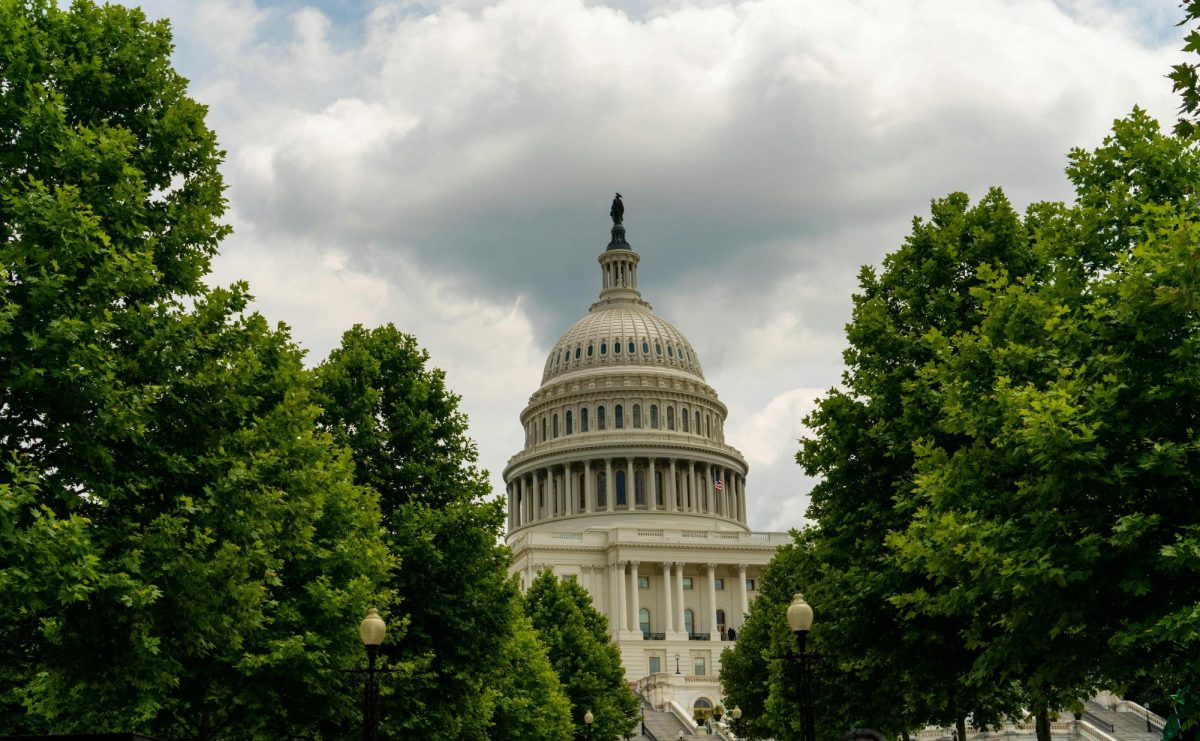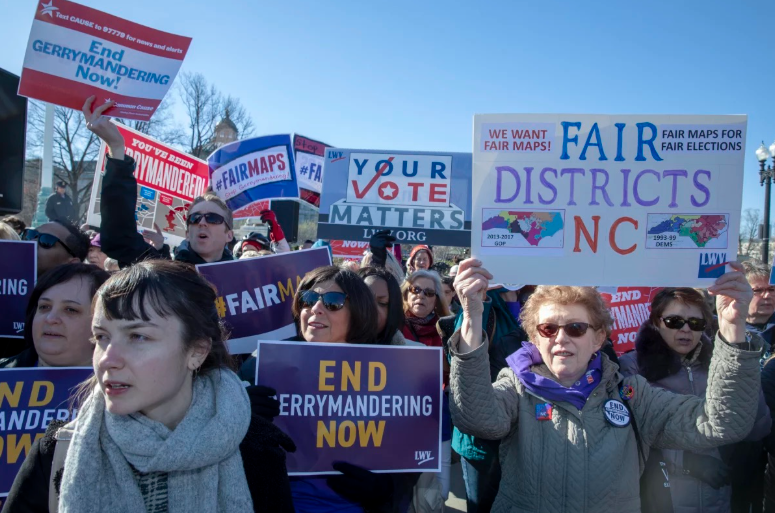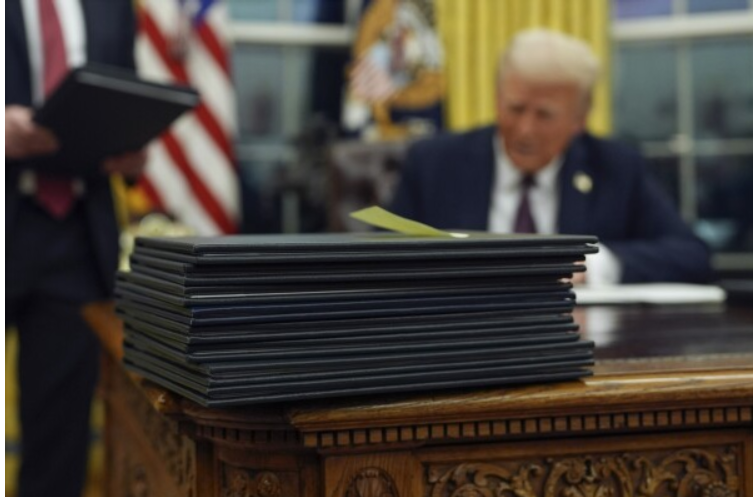Recently, news of a new speaker of the house was announced after 21 days without a speaker. This 21 day period is the longest the house of representatives has been without a speaker. Although this sounds like a concerning situation, what does this mean? Who is the house speaker? What is the house of representatives?
Almost everyone knows in the United States there are three branches of government, the executive, judicial, and legislative branches. According to the United States House of Representatives, “the legislative branch makes all laws, declares war, regulates interstate and foreign commerce and controls taxing and spending policies.” The legislative branch includes the house of representatives, and the senate. The U.S. House of Representatives, with 435 full voting members, makes and passes laws.
To be elected as a representative, also known as a congressman and congresswoman, one must be at least twenty-five years old, a U.S. citizen for at least seven years, and an inhabitant of the state he or she represents. Representatives “serve two-year terms and are considered for reelection every year,” according to the website of Congressman Tim Walberg. The 435 full voting members of the house of representatives is proportional to the population of each state. For example, California has the largest number of representatives with 52 and Wyoming however, has 1.
The leader of the house of representatives is called Speaker of the House. The Speaker of the House is third in line for the presidency. The succession of the presidency is when the president is incapacitated or no longer alive, someone else in the U.S. Government assumes the role of president. The speaker, after the vice president, then becomes the next president, making the position extremely valuable. Also a part of congress is the U.S. Senate.
The senate has 100 senators, 2 senators from each state. Senators are elected in a six-year term by popular vote. According to The White House.gov, the senate can confirm appointments that require consent, provide consent to ratify treaties, and can try impeachment cases for federal officials. The President pro tempore of the Senate is fourth in line for the presidency. In the event of a tie in the senate, the vice president also has the power to “cast the decisive vote.”
The executive branch is responsible for enforcing the laws in the United States. Included in the executive branch is the President of the United States, the Vice President of the United States, the Executive Office of the President, and the Cabinet. According to The White House.gov, the president is, “both the head of state and head of government of the United States of America, and Commander-in-Chief of the armed forces.” The president also is responsible for enforcing laws written by congress, and appointing the heads of federal agencies, which includes the cabinet. Second in succession to become president is the vice president.
If the president is inadequate or unable to perform her or his duties, the vice president must be ready to step in to perform said duties. The vice president serves as the President of the United States Senate and casts the deciding vote in the case of a tie. The cabinet is made up of 15 executive departments which are appointed by the president. Cabinet members tend to be the president’s closest confidants. The cabinet’s main job is to run major federal agencies. However, similar to the house speaker, the cabinet is extremely important to the presidential line of succession. “…The line of succession continues with the Cabinet offices in the order in which the departments were created,” according to The White House.
The EOP, or the Executive Office of the President, created by Franklin D. Roosevelt in 1939, was made to assist the President in making important decisions that could impact the United States future. The EOP can also communicate messages from the President to the public or to promote trade interests abroad.
The judicial branch interprets laws, how they relate to real life situations, and they confirm that the laws passed by congress do not break any rules in the U.S. Constitution according to The Ben’s Guide to the U.S. Government. In the judicial branch is the U.S. Supreme Court. The supreme court “plays a very important role in our constitutional system of government.” The supreme court is known as the highest court in the U.S. and is the court of last resort for people seeking justice, eliminates laws that violate the constitution, ensures each branch of government knows its limits of power, and “[ensures] that popular majorities cannot pass laws that harm and/or take undue advantage of unpopular minorities.”
The head of the supreme court is the chief justice and eight associate justices. Unlike the legislative and executive branches of government, judicial branch members are “appointed by the president and confirmed by the senate.” Judges and justices have no set term like a president, congressman, congresswoman or senator. They serve the supreme court until death, conviction by the senate, or retirement. The “shape and structure of the” supreme court is at the discretion of congress. Congress also decides the number of supreme court justices. Since 1869, the United States Government has had nine justices.
According to Pew Research Center “seven-in-ten U.S. adults (68%) say made-up news and information greatly impacts Americans’ confidence in government institutions.” One of the most important things a person can do is educate themselves on who is controlling everyday decisions that affect every citizen in the United States. To be absolutely sure that the information you are reading about the foundations of the government is correct, go straight to the beginning of our nation, The U.S. Constitution. Behind the infrastructure of our government today, the constitution is the foundation of the United States government.













Riley Berkheimer • Nov 16, 2023 at 8:46 am
This was a great article, good job!